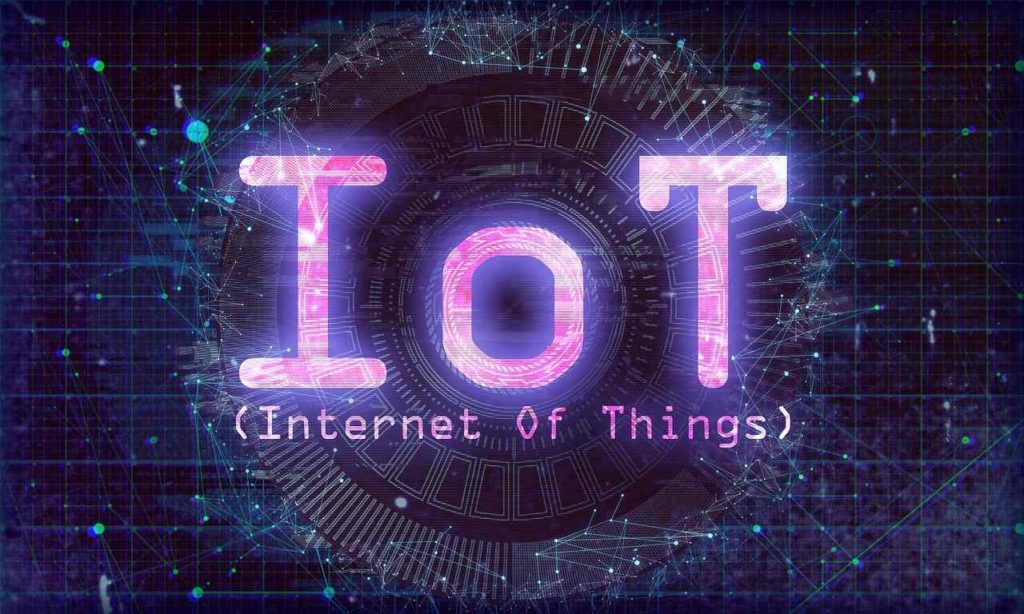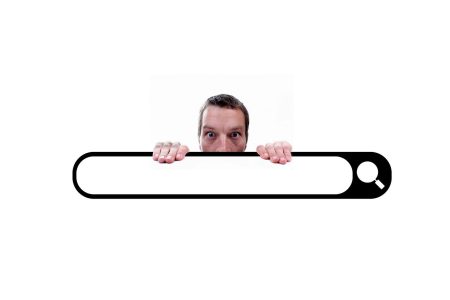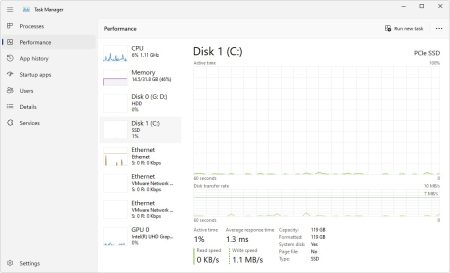The IoT or internet of things is an ecosystem of connected physical objects that feature an IP address for internet connectivity, and the communication that occurs is accessible through the internet.
IoT impacts everything from the way we travel and do our shopping to the way manufacturers keep track of inventory.
The IoT is significant because an object that can represent itself digitally becomes something greater than the object by itself.
The embedded technology in the objects helps them to interact with internal states or the external environment, which in turn affects the decisions taken.
Most people think about being connected in terms of computers, tablets, and smartphones. IoT describes a world where just about anything can be connected and communicated in an intelligent fashion. In other words, with the internet of things, the physical world is becoming one big information system.
How IoT works
An IoT ecosystem consists of web-enabled smart devices that use embedded processors, sensors, and communication hardware to collect, send and act on data they acquire from their environments. Smartphones do play a large role in the Internet of things.
However, many IoT devices can be controlled through an app on a smartphone. These powerful IoT platforms can pinpoint exactly what information is useful and what can safely be ignored.
This information can be used to detect patterns, make recommendations, and detect possible problems before they occur.
The Internet of things is the connecting medium that plays a crucial part in this system. When IoT application developers are building the apps they must keep in mind the availability and strength of connection in a particular area.
IoT application works with smart systems that automate tasks to address specific needs. There are many examples that show the working of IoT in real life today.
Benefits of Internet of things
The internet of things offers a number of benefits to organizations, enabling them to:
- monitor their overall business processes;
- improve the customer experience;
- save time and money;
- enhance employee productivity;
- integrate and adapt business models;
- make better business decisions; and
- generate more revenue.
How can IoT help
IoT platforms can help organizations reduce costs through improved process efficiency, asset utilization, and productivity.
With improved tracking of devices/objects using sensors and connectivity, they can benefit from real-time insights and analytics, which would help them make smarter decisions.
The growth and convergence of data, processes, and things on the internet would make such connections more relevant and important, creating more opportunities for people, businesses, and industries.
The history and future of IoT
It’s not science fiction. We are living connected lives filled with internet-enabled devices that learn our preferences and provide the experiences we want to make our lives more convenient. And the technology that makes it possible to connect our lives is expanding.
It all started in the early 1980s when Carnegie Mellon University students developed the first internet-connected device.
It was a Coke vending machine that would tell the programmers if the soda was cold enough for them to want to make the trip from their desks to the machine.
Since then, the IoT has exploded. What about the future? Devices are growing smaller and smarter. Eventually, everything from your toothbrush to your toaster may be connected to the internet 24×7.
Your gadgets will become household aides, each chatting with one another, working to serve you better.








